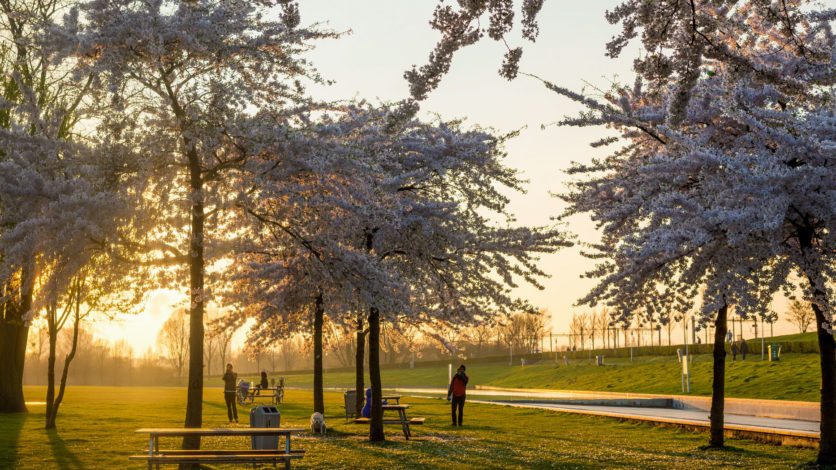Westergas is Amsterdam’s cultural district. Open day and night for anyone with an appetite for new energy. The site used to be home to a factory that kept the lights of the city burning. Now Westergas is a green, vibrant oasis where you can come to recharge. With great partners and programming, we make art and culture accessible to local and international guests. Together, we want to take better care of people, the city and nature. Cross the bridge and discover an ideal small world where you will always come away feeling enriched.
For many years, Westergas, located in the green Westerpark, has been a household name in Amsterdam. Since 2018, the monumental factory buildings have been owned by Duncan & Lisca Stutterheim, real estate company MILLTEN and Harvest Vastgoed. A trust was established for this purpose with young Amsterdam investors, and one entrepreneur from the Dutch province of Twente, who want to turn Westergas into a Cultural District for this and future generations.
The Cultural District has no less than 17 buildings which are managed by real estate company MILLTEN and Harvest Vastgoed. Of the 17 properties, three are operated by Westergas, the event company of Duncan & Lisca Stutterheim and Foppe Eshuis & Lennart Rottier (MILLTEN). With the iconic Gashouder, the industrial Transformatorhuis and the picturesque Meterhuisje, Westergas provides broad programming for everyone, for all ages and for every budget.
The other historic buildings on the Westergas are home to a host of permanent tenants, also known as our residents. We offer room to creative, cultural and innovative entrepreneurs who contribute to our Cultural District. In cooperation with MILLTEN, we look for the perfect mix on the site. The door is always open to new tenants with inspiring ideas.
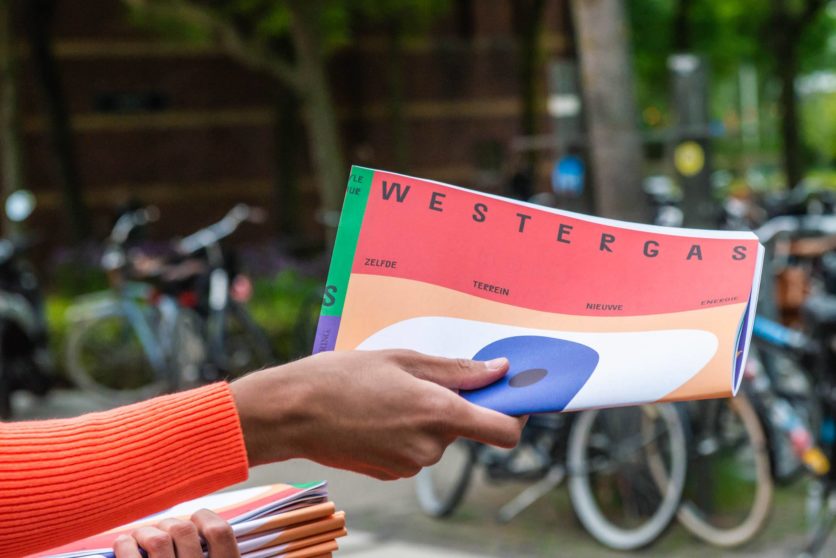
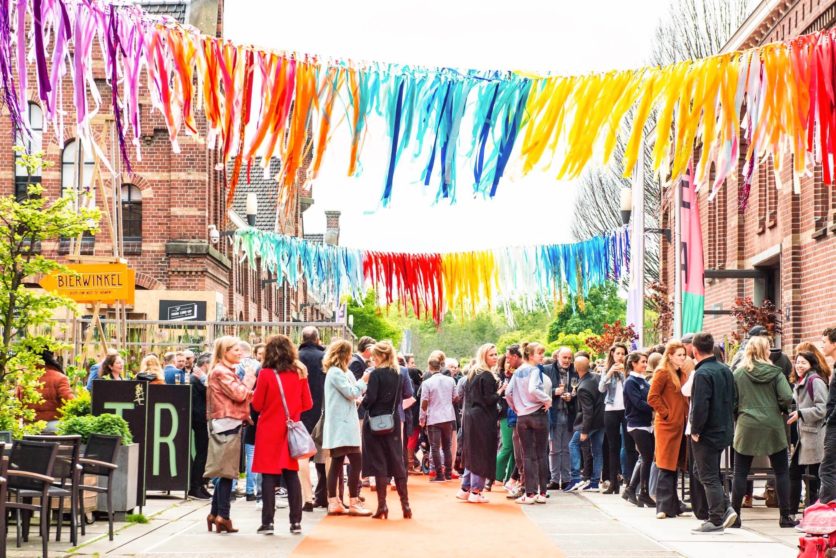
The Westergas site has a rich history. The exterior of the 17 industrial buildings have never been changed drastically after the closure of the Westergasfabriek in 1967. Today, the factory buildings are used as a breeding ground for art and culture.
Prior to the advent of coal gas, people lit their homes with candles, grease or oil lamps. Heat was obtained from wood or peat. After the advent of coal gas, little by little, lighting in the Netherlands changed. Lighting the streets with coal gas was much cheaper compared to oil. For this, however, additional factories had to be built. Therefore, on July 23, 1883, Amsterdam gave the London Imperial Continental Gas Association the exclusive right to build two gas plants in Amsterdam. These became the Wester and Oostergasfabriek. The gas was initially used for city lighting (“city gas”/”light gas”) and later for private individuals and businesses.
The London I.C.G.A. sent the Austrian Julius Pazzani (1841-1888) to Amsterdam to handle the technical planning of the manufacturing process and of the site. Pazzani successfully carried out all the difficult and delicate negotiations necessary to resupply a city of 400,000 inhabitants. Indeed, there was quite a bit of hostility from the old gas interests.
The design of the buildings came from Amsterdam architect Isaac Gosschalk (1838-1907). Gosschalk’s style soon became known as Hollandsche Neorenaissance. The buildings on the site were designed without too much excess in contrast to, for example, the Rijksmuseum, which opened in the same year (1885). Above all, the factories had to be suitable for what they were intended to do; house the machines. Gosschalk said the following about his style: ‘a building has style if it has character, if it expresses what it is, provided it does so in a beautiful way’.
The Wester and Oostergasfabriek were taken over by the Municipality of Amsterdam on August 10, 1898. In the first years thereafter, production increased and major innovations and expansions occurred such as the construction of a 100,000m3 gas holder in 1903 at the Westergasfabriek. A watergas plant, later known as the Transformatorhuis, was also built here in 1904. The great advantage of a watergas plant is that it can produce quickly in a short span of time. Especially during sudden cold spells in Amsterdam, this was a very nice feature.
In the 1960s, gas production declined as the municipality obtained the gas from the Hoogovens in IJmuiden. When the Slochteren natural gas bubble was discovered in 1963, production at the gas plants decreased rapidly. In 1967, gas production here ceased completely.
After the closing, a heavily contaminated site was left behind. Years of gas production had taken its toll. A new destination proved a difficult task. There was pollution, but there also appeared to be special ecological conditions.
First, the Gemeentelijk Energie Bedrijf used the grounds as a storage and work site. All buildings that could not be used as storage were demolished. In the 1960s, industrial heritage was not yet valued. Starting in the early 1990s, when the G.E.B. permanently left the site, adventurous entrepreneurs and artists discovered the creative energy and endless possibilities of this unique location. More and more cultural activities came to life on the abandoned site. A new beginning, with culture as the driving force, the idea for today’s culture park was established during this time.
As of 2003, the site is once again giving light and energy. The grounds were sanitized and a beautiful park was created. Creative entrepreneurs reside in the renovated, historic buildings and numerous events and festivals have settled there.
The past brought us to where we are today but the present and the future are ours to determine. With sustainability, culture, entertainment and creativity at the forefront. In 2018, the Westergasfabriek buildings changed their names to Westergas. Same site, new energy: the Culture District of Amsterdam.
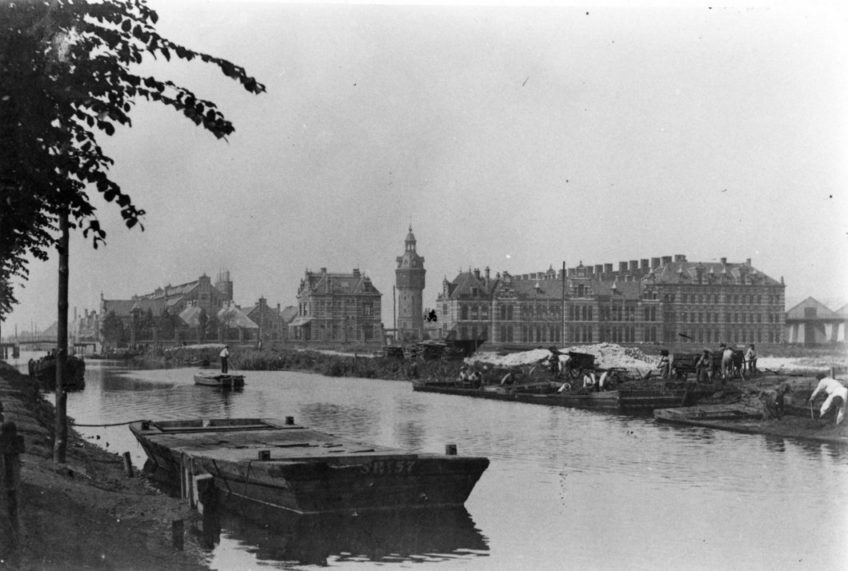
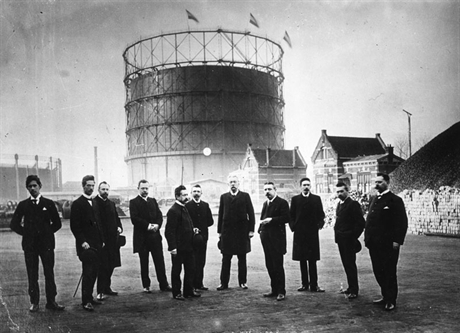
Westergas is a place where people have fun, get inspired and where innovative events take place. We are so proud of this. At the same time, it is no secret that events put a big strain on the climate and our living environment. Together with our partners and residents, we want to increase our contribution to a fair, sustainable world. Read here about all the things we are doing to achieve that goal.
The heavily polluted Westergasfabriek, where gas from coal was once produced for Amsterdam’s city lights, has undergone a complete metamorphosis since its reopening in 2003. Far beyond its borders, Westergas is seen as a reference project for sustainable redevelopment of industrial and historic heritage.
Westergas intends to further complete this transformation from “old” to “new” energy and take all possible steps toward a fully sustainable site. Making heritage buildings more sustainable is more complicated than new buildings, because the options are more limited and costly due to the landmark status.
In 2018, for instance, we made the roof of the Gashouder available to local residents to install as many as 1024 solar panels. The power generated by the panels will be fed back to the grid and offset against the owners of the panels. Coöperatie Ecostroom handles the administration of this project.
In the early summer of 2022, Westergas’ greatest icon was made far more sustainable: the Gashouder was taken off the gas! An additional 200 solar panels, in addition to those already installed in 2018, were placed, making it possible for the Gashouder to run energy-neutral events in the future. This can be done through a battery and energy management system.
As part of the large-scale renovation, the roof and facades were restored and re-insulated. This was done to combat both corrosion and noise pollution. In addition, the air and climate systems were replaced, which can adjust the climate within an hour to the needs of the event organizer of that day, and the new ventilation system ventilates the circular hall with 100% fresh outside air.
Westergas and Oscar Circulair are joining entrepreneurs and organizers on Zero Waste Expedition. Burning residual waste releases a lot of CO2, while often containing reusable raw materials.
Westergas was the first site in the Netherlands to implement the innovative waste and resources model of start-up Oscar Circulair. Oscar Circulair reduces the residual waste stream and bundles high-quality raw material streams. With this collaboration, 900 fewer transport movements per month are needed, the percentage of residual waste being burned drops dramatically and we increase awareness among everyone working in the Cultural District.
Westergas and Oscar Circulair are working hard together to meet the Zero Waste Expedition’s goal of 25% residual waste by 2023!
Westergas has invested heavily in additional insulation and LED lighting in the event buildings. The result is more than worth it: the switch to LED provides as much as 65% less energy consumption than with the old halogen lighting. The insulation of the buildings provides about 30% savings.
Given our mission and vision, it makes sense for us to cooperate with organizations that strive to achieve the same goals. We therefore actively seek suitable clients and occupants, such as the 100% electric Conscious Hotel Westerpark, and encourage the use of sustainable caterers and suppliers. Our preferred partners, such as The Food Line Up and Jur Lights, are just that. They work with respect for humanity and the planet.
For Westergas, the road to a sustainable site and a greener Westerpark is a process in which we will continue to learn and innovate. We will keep this going both within our own operations as well as with tenants and partners. We challenge suppliers, partners and event organizers to take steps together. We aim to make Westergas entirely energy-neutral in the very near future.
